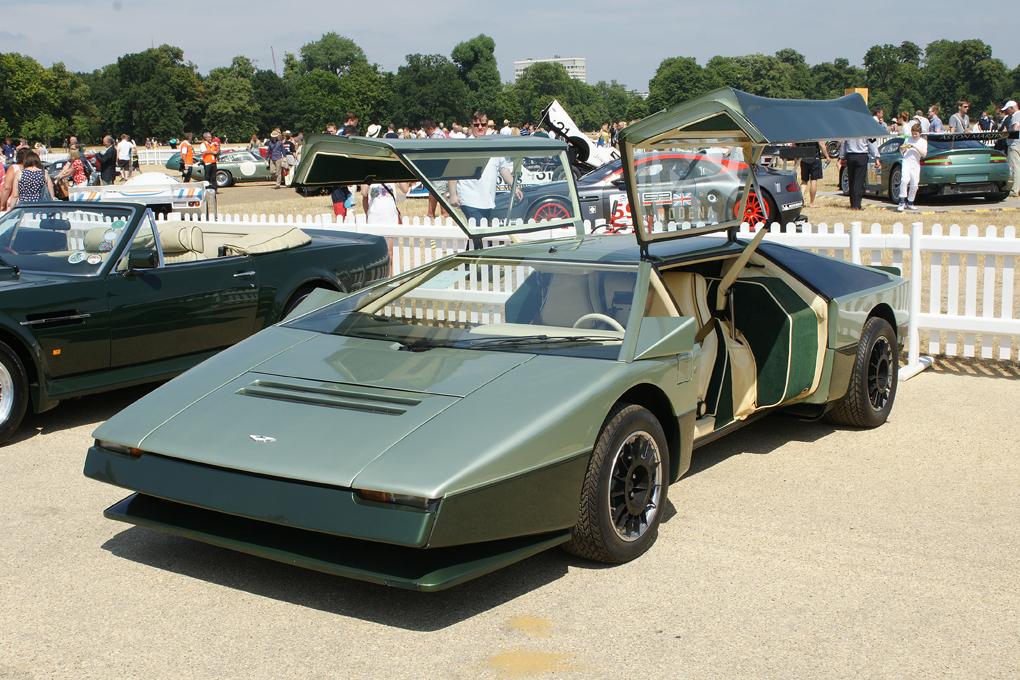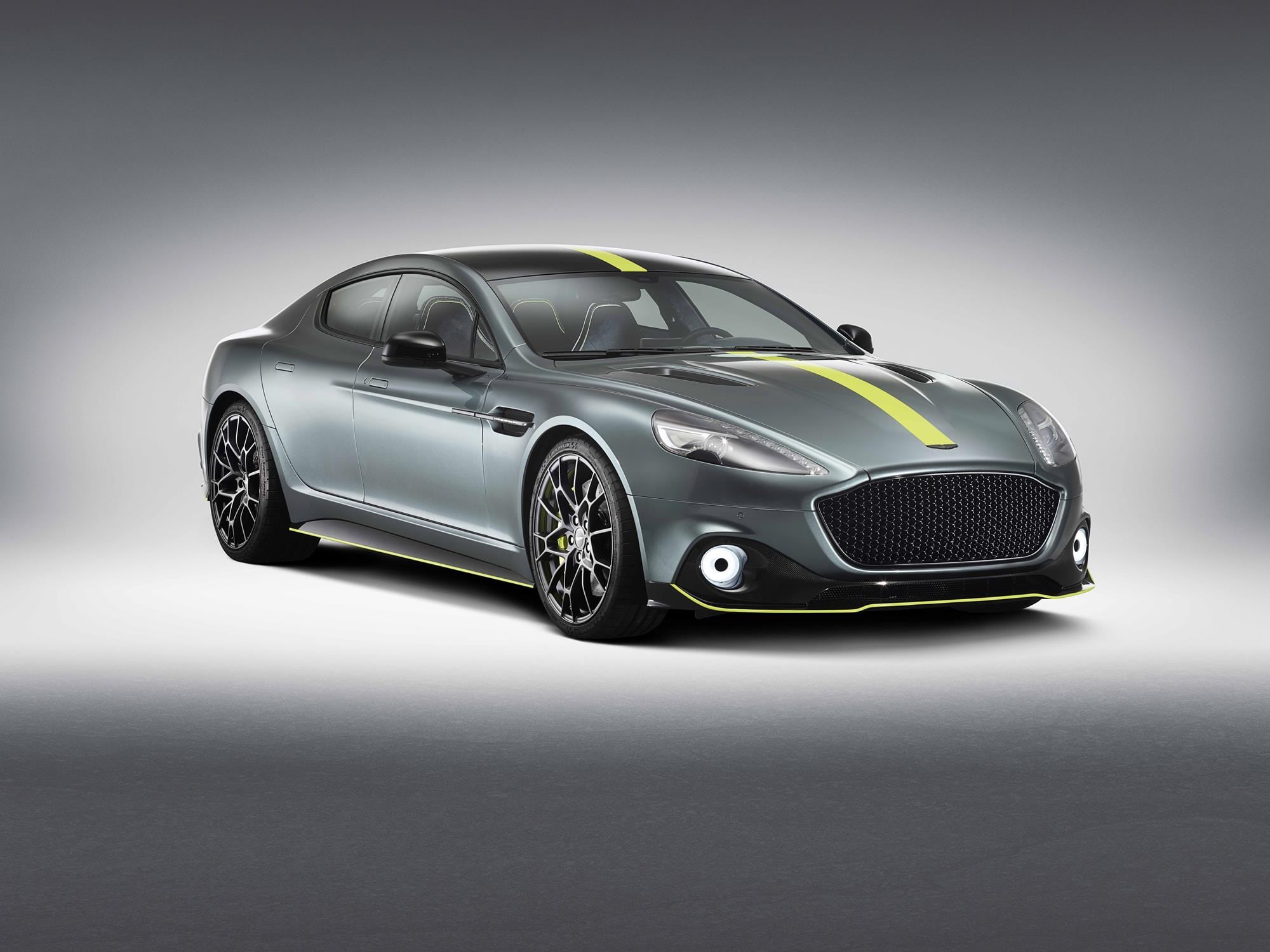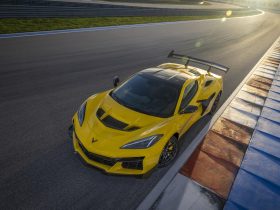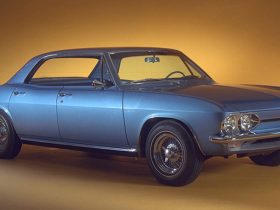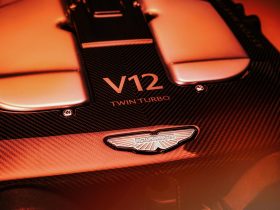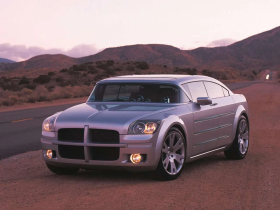The Aston Martin Bulldog was first shown in 1980 at the Bell Hotel at Aston Clinton in the UK. Designed by William Towns, the Bulldog was given its name from an airplane flown by Aston Martin’s then managing director Alan Curtis. During production, the Bulldog was nicknamed “K9” from its official designator, DP K901, and in winking homage to the Doctor Who TV series robotic dog.
Initially, the Bulldog was intended for production as an extremely exclusive supercar aimed towards gaining the world title for fastest production vehicle. The wedge shape and extremely powerful V8 engine were seen as keys to that goal. In addition, Aston Martin had just opened a new engineering facility in Newport Pagnell and wished to show off its know-how with a show car.
Although a UK-built car, the Aston Martin Bulldog was left-hand drive and meant for a world market. Key design elements include a low and wide wedge shape with five hidden headlamps mounted at the center of the front cover. Gull-wing doors, by then a near-requirement for any concept or supercar, were motorized to open and close on their own. The interior was a tasteful leather and walnut trim and decidedly British.
Powering the mid-engined Bulldog was a 5.3-liter V8 with twin Garrett turbochargers that produced a total of 710 PS and 500 pound-feet of torque. That was considered outrageously powerful in 1980 and is still considered extremely muscular by today’s standards. Aston Martin claimed the Bulldog’s design could reach 237 mph, but tests never got past 191. Some of this was due to the Bulldog’s wedge shape, which wile visually aerodynamic, had only achieved a drag coefficient of 0.34. Today, we realize that most wedge-shaped vehicles tend to lift at high speeds, especially when weight and power output are rear-biased.
Although the Aston Martin Bulldog was a rousing success on the show circuit, but a year after its debut, new Aston Martin chairman Victor Gauntlett nixed the Bulldog production plans, saying they were too expensive. In 1984, the Bulldog prototype was sold to a collector in the Middle East. That collector added rear view mirrors and cameras.
After time in storage in various locations, the Bulldog ended up with an American collector and resurfaced in 2013 at Aston Martin’s 100th anniversary celebration. It was then sold again and, at some point, repainted green from its original metallic silver and gray.
It was then purchased by another American buyer and put to full restoration under the directorship of Richard Gauntlett, Victor’s son. That full teardown restoration was detailed in 2021. In November of that year, the car was track tested in hopes of breaking 200 mph, but only achieved 162.
More information and photos and details of the Bulldog’s restoration can be found on the AstonMartins.com website.


